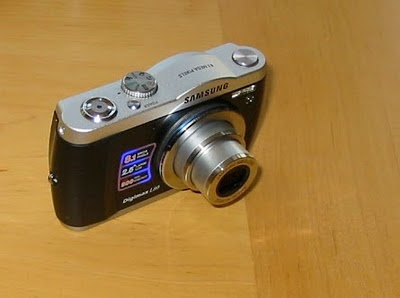There aren’t many small birds that get audible gasps from people when they see one. Apart from perhaps a kingfisher, it is usually the big ones that take that honour. A Bittern or a Crane, an Osprey or a Golden Eagle maybe, that kind of thing usually does it. There is one however that when seen gets people very excited. The Dartford Warbler. Not only is it a pretty and characterful little bird, it is also a very vulnerable bird and has suffered in the past from harsh weather – only a couple of pairs breeding in the 1960s to to severe winters.
Fortunately it is now having a small renaissance and can be found in a number of heathland breeding areas across the south and east of England.
I picked Dunwich Heath to look for them but the weather was poor. It was overcast and there was a strong on shore wind to deal with. Dartford Warblers prefer to keep low at the best of times and the wind factor just made seeing any quite difficult.
 |
| Coastguards Cottages, Dunwich Heath |
I have only been to Dunwich Heath once before which is strange as I have been to Minsmere on countless occasions and to be honest, Dunwich Heath is just as good in my opinion. It’s quiet (people-wise) and whereas the quality and quantity of the birds may not match Minsmere the species are quite specialised. There are two main species that stand out.
Dartford Warblers and I would say I counted at least 4 pairs on the heath. The air was also filled with the sound of the second,
Woodlarks and I estimated about 4 different birds. Supporting species included a smart male
Stonechat that rocked back and forth on the gorse and a
Green Woodpecker,
Lesser Whitethroats and
Blackcaps were also seen and heard. Overhead, a
Marsh Harrier and a
Little Egret passed through.
Finding the Dartford Warblers is quite easy. You just need to walk around the heath listening for that 40 fag a day wheezing that they make deep down in the heather or gorse. Once you hear this and locate the general position, you wait. You will see a dart of a small dark bird as it flies from one bush to another. If things go well, it will sit up for a few moments atop a gorse or heather strand before diving back down and disappearing. Now my problems really began. I wanted to digiscope the bird and this was proving difficult, even impossible because when you are faced by a sea of heather, it is tricky to focus a scope on a particular part (it all looks the same) By the time you do find the place the bird was, it’s gone. I was frustrated to say the least but decided to change my tactics and gamble on the observation that these birds are creatures of habit and one warbler had returned to a branch of dead heather or something a couple of times so I decided to set up for a return visit.
 |
| Sit and wait..... |
The Dartford Warbler appeared a few times and it was tempting to move the scope but I resisted. Eventually I got the chance and had three shots off before it dived away and everything went quiet.
 |
| This was the last I saw of him. |
So three hours of walking, watching and waiting resulted in me getting just two photos of this wonderful warbler and I have no doubt if I had a standard DSLR with a chunky lens, I would have had hundreds of pictures. This is why these two are so special to me.







Comments
Post a Comment